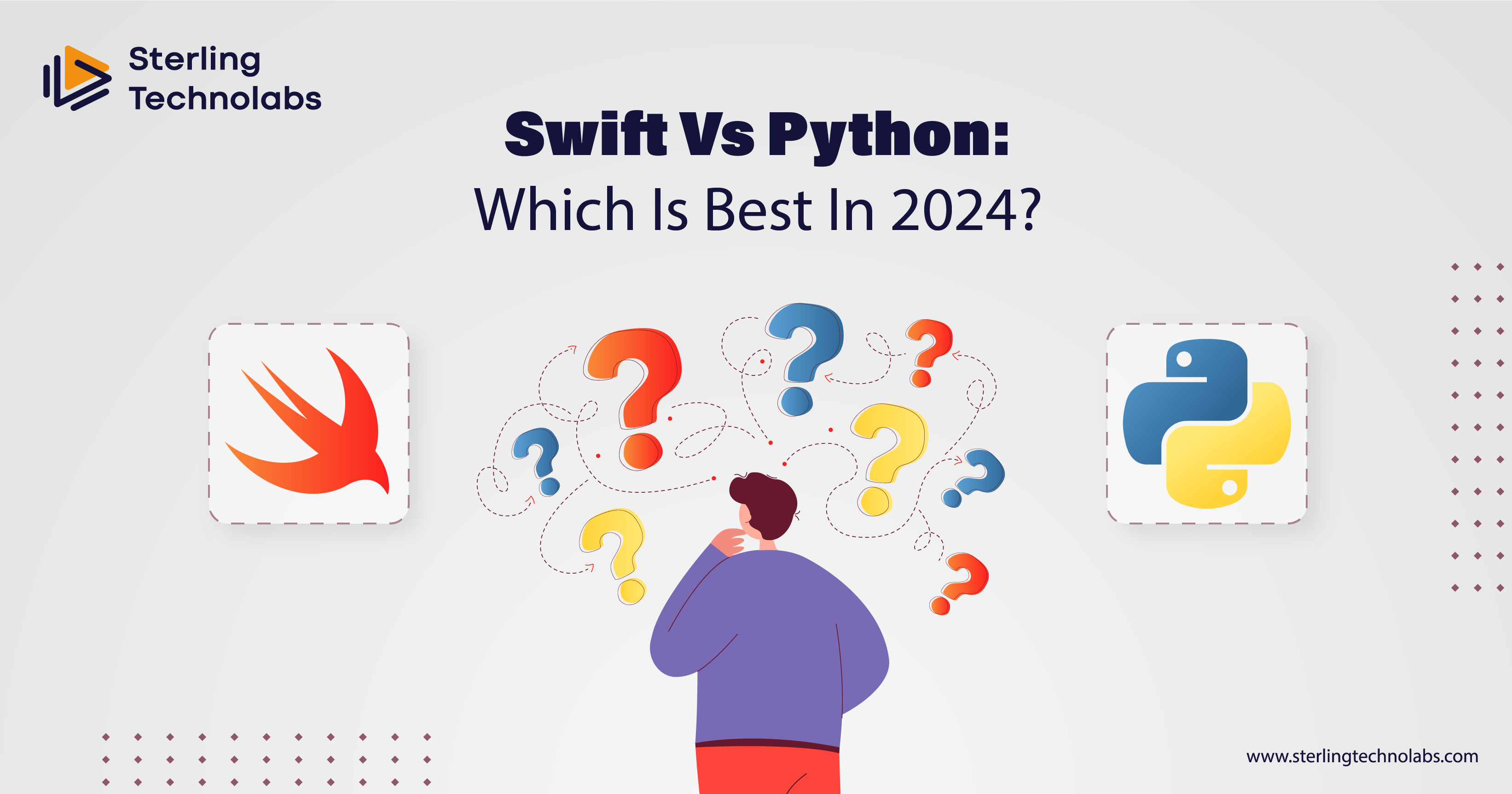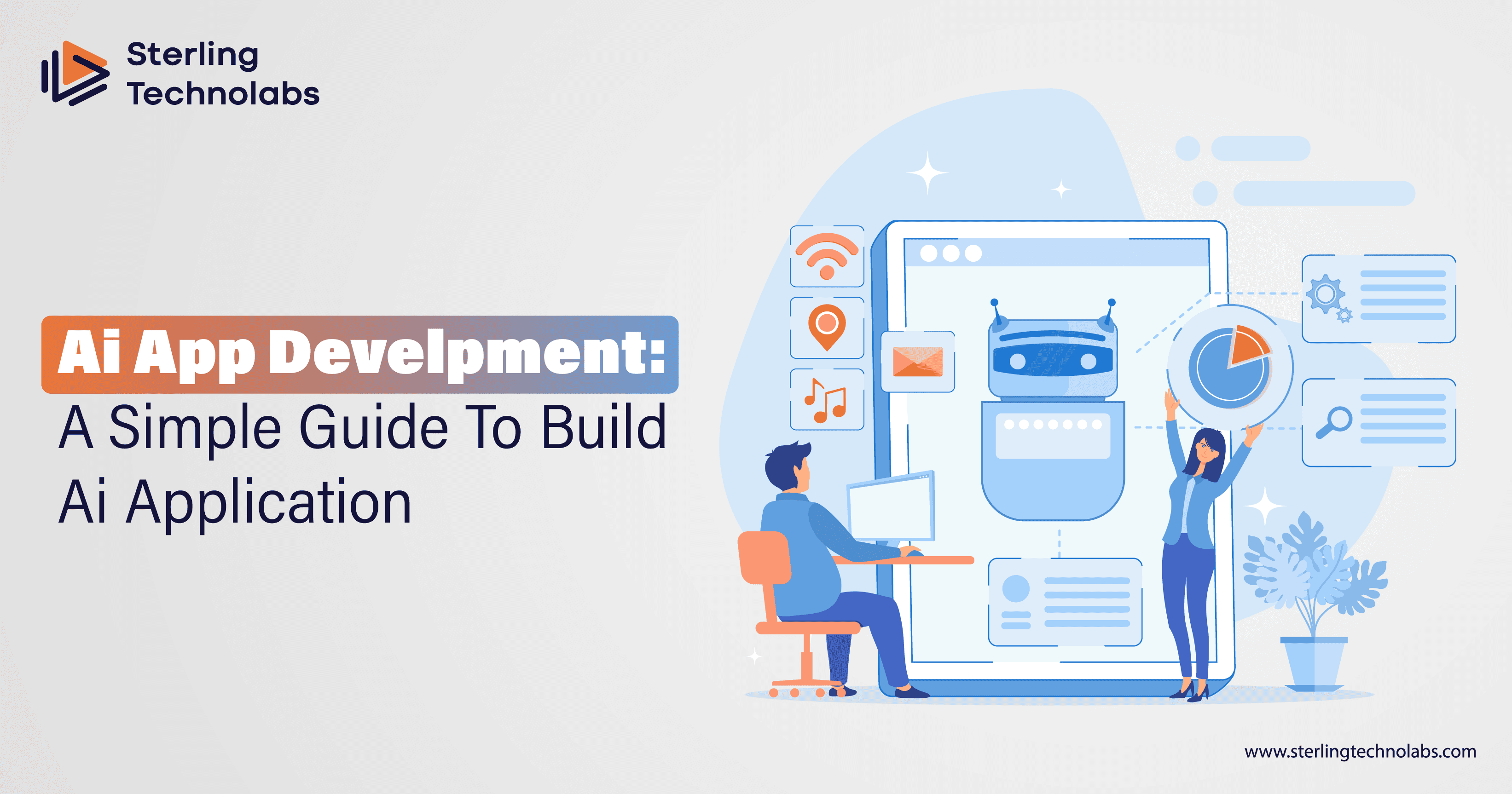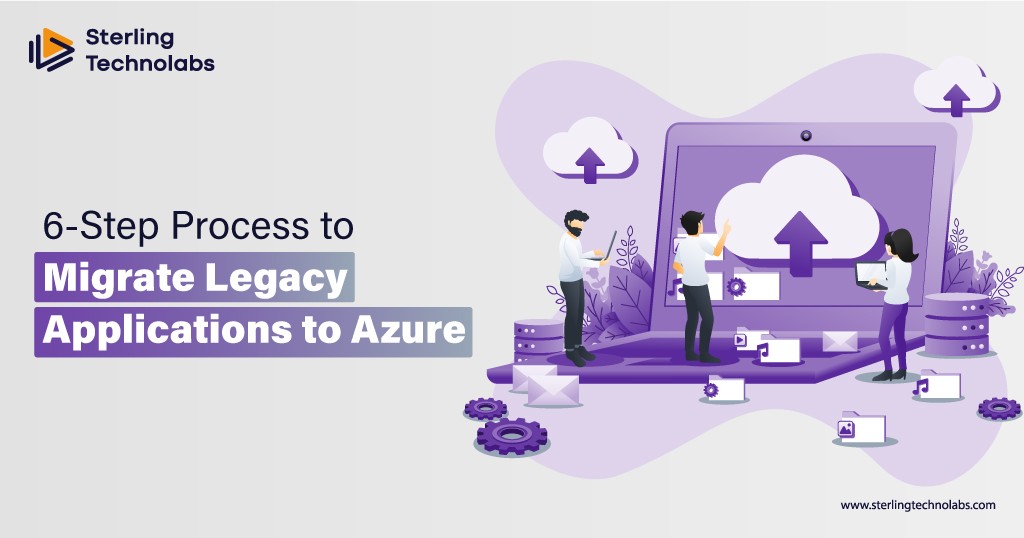
Swift and Python are two names that have become very well-known in the development community over the last several years. Swift has become the fastest-growing programming language in less than ten years, although Python remains the most popular language for web development.
That, of course, entirely relies on the demands of your project and your business needs. Choosing between the two languages may become difficult even with their many advantages. Because of this, working with a seasoned web app development services provider that can help you choose the right course of action for your company is frequently advised.
Python is a general-purpose, object-oriented language used for many different tasks, such as web development, mobile development, and machine learning. High-level programming languages like Swift are widely employed in iOS smartphone development.
However, which language—Swift or Python—should you use for your development project? They are essentially distinct from one another. We'll examine these two languages in-depth in this post to determine which is ideal for your business.

Knowing python
Since its inception in 1991, Python has experienced exponential growth, thanks to the work of Guido van Rossum. It's an open-source, general-purpose language that can be used for a lot of different things.
Numerous Python-based open-source frameworks and packages are available. In 2022, machine learning and data analysis will be the most widely used applications of Python. TensorFlow and OpenCV are only two of the many Python packages used for machine learning.
Python is widely used in web development, particularly for back-end work. It contains two highly well-liked back-end frameworks for Build iOS Apps and android apps back-end APIs: Flask and Django. Python is a highly popular choice for web scraping as well. Web-scraping allows us to obtain unprocessed data from numerous websites, which can be utilised for diverse purposes. To accomplish these tasks, Python comes with scraping packages such as Scrapy.
Another excellent language for scripting is Python. Some applications utilize it, for instance, to construct automated scripts that accomplish a range of activities, such as building pipelines for continuous integration and deployment.
About swift
2014 saw the debut of Swift development, a language created by Apple to replace Objective-C. Both are employed in the creation of iOS platform mobile applications. Compared to Objective-C, Swift is far simpler to use since it takes a more modern approach to programming and incorporates elements from all current languages.
Its sole function is to create applications for the iPhone, iPad, Mac, Apple Watch, and Apple TV, among other Apple platforms. Swift has expanded quickly since its release. Its syntax is far simpler than that of Objective-C, which it replaced.
React Native and Flutter platforms are not recommended for producing apps; instead, Swift apps are advised. Swift allows us to access Native apple platform capabilities more easily. Additionally, the performance is improved.
Comparing both the languages
Python's abundance of libraries and simple syntax make it the most widely used language in the world. Some of the biggest businesses that employ Python are Instagram and Pinterest.
Using frameworks like Flask and Django for back-end development is also a very popular choice. Nonetheless, Python remains the most widely used language in machine learning, utilised by teams and data scientists. An average Python developer makes $120,000 per year.
Swift development, on the other hand, is a relatively new language that was created specifically for creating apps for Apple devices. Due to the difficulty of learning and mastering Objective-C, Swift gained popularity extremely quickly.
Because Swift's syntax is far simpler than Objective-C's, mobile app developers have come to love it. Right now, SwiftUi is the tenth most widely used language worldwide. $93,000 is the average yearly compensation for a Swift developer. The world's easiest language is Python as well. It is highly recommended for anybody wishing to pursue a career in software development, as it is very beginner-friendly.
Python offers procedural and object-oriented language features. You can use functions in procedural programming to break up your code into smaller chunks. In addition, inheritance is possible with object-oriented programming because of the concept of classes.
Additionally, Swift is a fairly simple language to learn, particularly if you have experience with Python. In terms of syntax, there are many parallels between it and the Python language. Swift offers both procedural and object-oriented language capabilities. Swift was a proprietary language until December 2015, when it was made available as open source.
Kivy and Beewarel are two frameworks for Python mobile development. These, however, aren't as well-liked as the top four frameworks or languages, which are Flutter, React Native, Kotlin, and Swift.
Swift was developed specifically for Apple platform mobile development. Thus, it's utilised for the development of MacOS, iPad, and iOS apps. The most widely used of those are apple platform apps, which are designed for the iPhone.
Python boasts a robust community that drives its development and is entirely open source. Given that it's the most widely used language worldwide, there are a tonne of Stack Overflow articles available to assist you in times of need.
Python's ease of use on all three operating systems—Windows, MacOS, and Linux—contributes to its widespread popularity. Additionally, it contains a vast array of libraries made by various open-source enthusiasts, like Django, Flask, Scrapy, and others.
One drawback of Python is that it is a multifunctional language. It's not the ideal option for many tasks, including back-end development. Flask and Django are less common in back-end development than JavaScript's NodeJS and Java's Spring Boot.
Moreover, Python is not a quick language. It is slow when compared to its peers. Moreover, the language's Kivy and BeeWare libraries are not widely known, and it is in no way appropriate for mobile development.
SwiftUi is regularly updated and maintained by Apple. Swift has excellent memory management, making it one of the fastest languages available. Swift-coded mobile applications outperform React Native and Flutter-coded apps.
Swift is a relatively new language with drawbacks of its own. For instance, there are far fewer Swift developers. Furthermore, a large number of tiny organisations and startups favour Flutter or React Native over Swift.
While Swift only lets you create apps for the Apple ecosystem, React Native and Flutter allow you to create Android apps as well. A Mac computer is needed to use Swift for creating mobile apps. Therefore, using Swift for development heavily relies on the MacOS operating system. Developing mobile apps for Windows or Linux is not possible with Swift.
When writing code in general or mobile apps specifically, testing is crucial. Unit testing can be done with Python using the unitest testing package. Similarly, XCTest is an integrated testing framework in Swift development. To test every functionality, mobile apps also need to undergo manual and integration testing. It takes a lot of work to write a unit test, do integration testing, and then perform manual testing.
Conclusion
We've learned about Python and Swift for Web development, along with their benefits and drawbacks. Python comes out on top in terms of popularity and learning curve. Still, when it comes to creating mobile apps, Swift is the undisputed champion. Its sole objective is to develop applications for the Apple environment.
However, Python is not a good general-purpose language for mobile programming. Thus, in terms of mobile App Development, Swift is the clear winner. Notably, both languages provide unit testing using the unitest and XCTest libraries, respectively.



